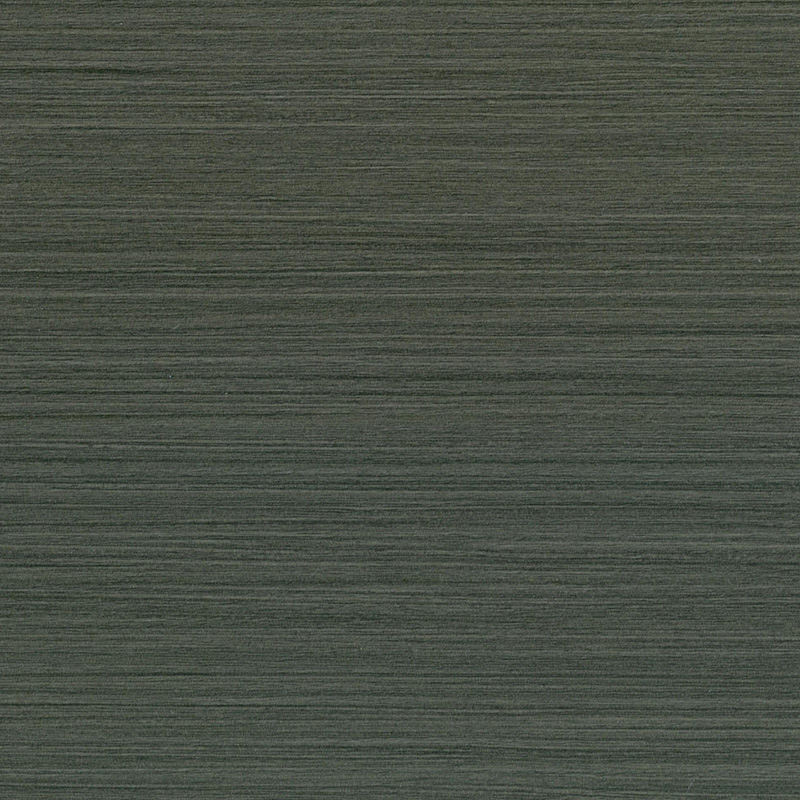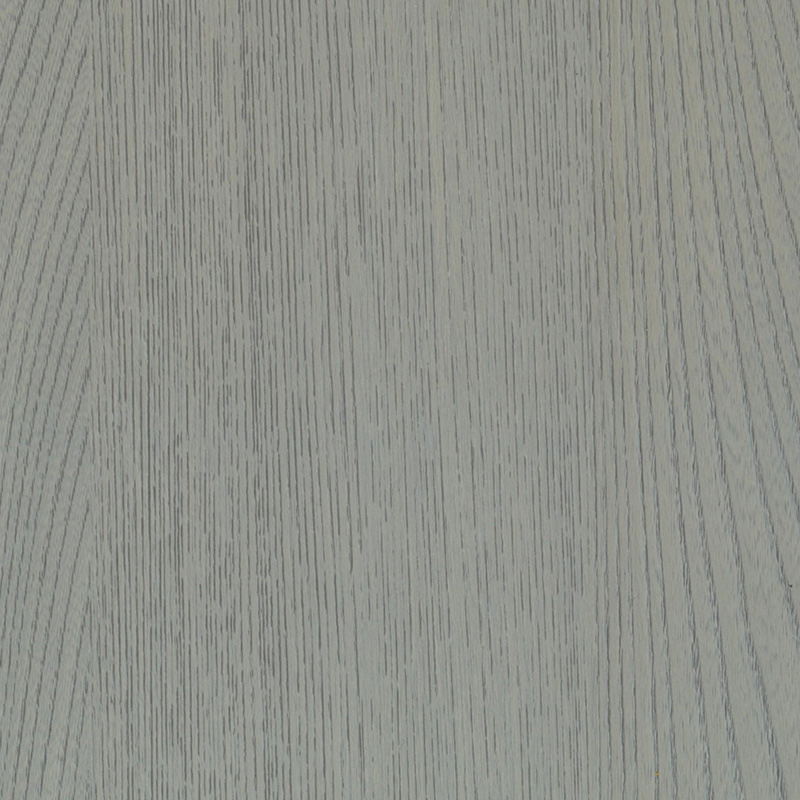Applications and Features of PVC and PE Wrap Films
PVC and PE thin plastic wrap films are widely used materials in packaging, preservation, and industrial applications. These films are valued for their flexibility, transparency, and ability to form tight seals over products. Each type—PVC (polyvinyl chloride) and PE (polyethylene)—offers distinct characteristics, making them suitable for different purposes across multiple sectors such as food, manufacturing, retail, and logistics.
PVC (Polyvinyl Chloride) thin wrap film is known for its strong cling and stretch properties. It is typically used in applications that require secure wrapping around products, particularly food items. The film adheres closely to the surface, helping to maintain freshness and small exposure to air and contaminants.
PE (Polyethylene) thin wrap film, which includes variations like LDPE (low-density polyethylene) and LLDPE (linear low-density polyethylene), is commonly used for its durability, flexibility, and resistance to moisture. Unlike PVC, PE wrap films tend to be less clingy but are more suitable for heavy-duty or freezer-safe applications.
Both PVC and PE films are usually clear, allowing users to view the contents without unwrapping. This is particularly useful for retail display packaging and food service, where visibility enhances presentation and convenience.
PVC films offer a higher level of stretch, which helps create a tight seal around irregularly shaped items. PE films, while less stretchable, are flexible enough to cover a variety of surfaces and products effectively.
PVC wrap provides a moderate barrier against oxygen and moisture, suitable for short-term preservation. PE films offer good moisture resistance and are often used in environments requiring higher protection against humidity or water.
PE films generally perform better at low temperatures and are often used for wrapping items stored in refrigeration or freezing environments. PVC films may become brittle under freezing conditions, making them less ideal for cold storage.
In the food industry, thin plastic wrap films are used to cover trays, wrap produce, meat, and bakery items. PVC wrap is preferred for fresh foods because of its cling and transparency, making it ideal for immediate display and short-term use. PE wrap, particularly LDPE, is suitable for frozen items or bulk packaging.
Thin wrap films are used in industrial settings to bundle products, protect surfaces, or wrap items for shipping. In retail, they are often applied to package small goods or keep products dust-free and organized. PE film's durability makes it suitable for automated wrapping machines and transport packaging.
Both film types are found in household rolls or commercial kitchen dispensers. Users rely on their ease of use for covering leftovers, sealing food containers, or portioning ingredients for storage.
While thin plastic films offer many benefits, environmental concerns regarding plastic waste and recycling continue to influence usage trends. PE films are more commonly recycled than PVC films, which may require specialized recycling processes due to their chlorine content. In response to growing awareness, some industries are exploring biodegradable alternatives or encouraging responsible disposal practices.
PVC and PE thin plastic wrap films serve a broad range of functions in packaging, storage, and preservation. Their unique material properties cater to specific needs—PVC for high cling and food presentation, PE for durability and moisture resistance. With thoughtful selection based on application requirements, these wrap films continue to play an important role in both industrial and consumer environments.

 English
English русский
русский Español
Español عربى
عربى Deutsch
Deutsch





